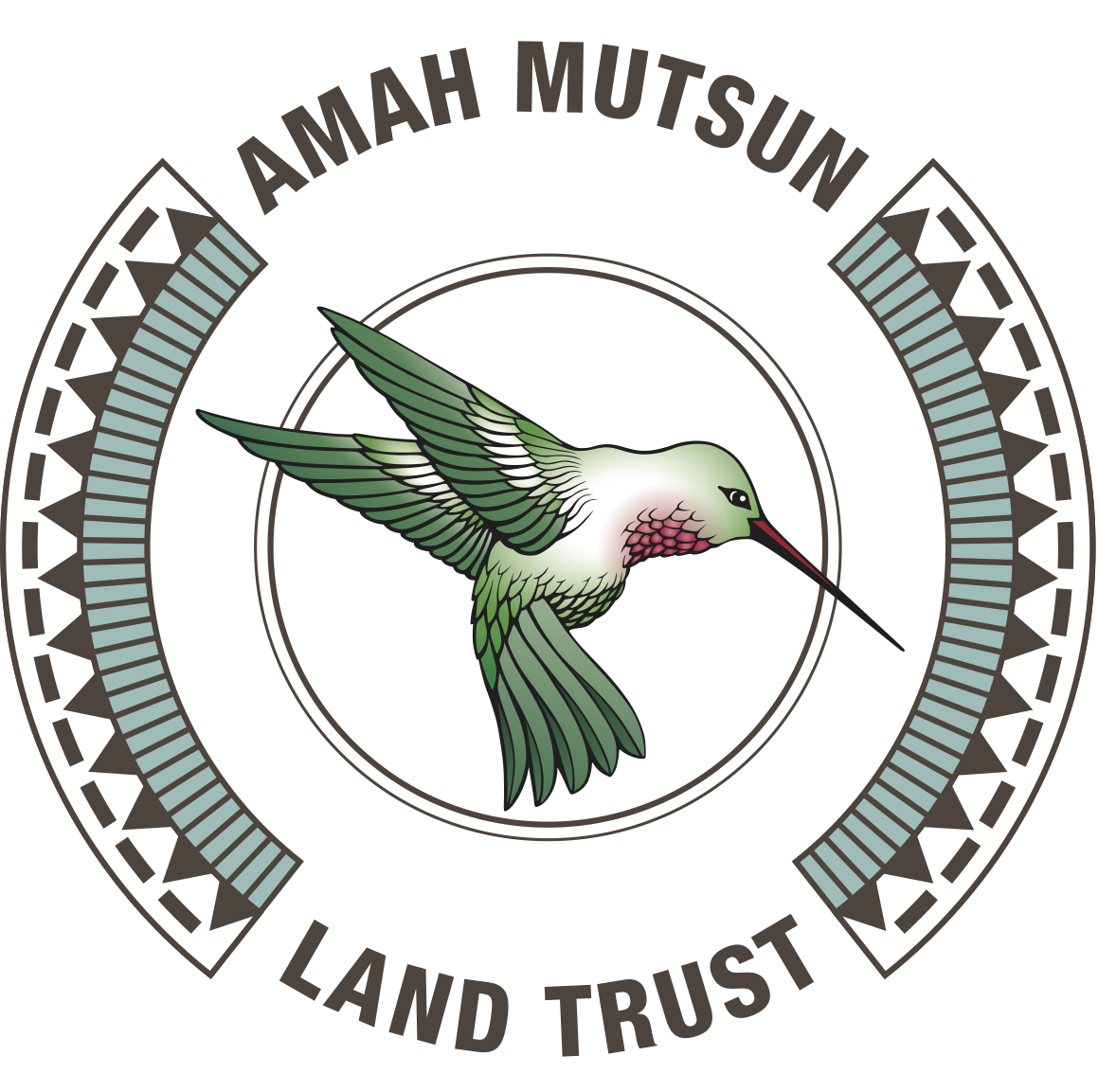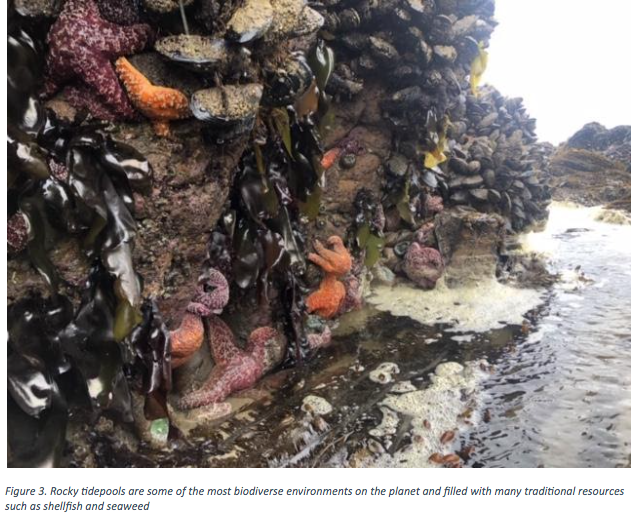Winter 2020 Newsletter
Restoring Stewardship of the Sea
By Mike Grone, PhD Candidate in Anthropology, UC Berkeley
The Amah Mutsun are a coastal people whose ancestors stewarded the sea with resource management practices that maintained abundant, healthy coastal waters. From the rich and biodiverse offshore kelp forests that provide habitat for fish, marine mammals, and invertebrates to the sandy and rocky shorelines filled with a myriad of seaweeds and animals, the Amah Mutsun lived and interacted closely with the coast as stewards since time immemorial. This depth of knowledge lives with the elders of the Amah Mutsun Tribal Band and is documented in ethnographic records and evidenced in archaeological sites along the coast.
This ancient traditional ecological knowledge of coastal stewardship is more important today than ever, as we witness impacts to the ocean resulting from European colonization and the suppression of traditional resource management practices. It is widely accepted among marine scientists that the current state of our oceans reflects intensive overexploitation, pollution, loss of habitat and species diversity, acidification, and other wide-ranging ecological impacts directly related to human influences. While ecologists and fishery managers typically have recourse to shorter time periods regarding ecological resilience and change, Indigenous knowledge and evidence from the archaeological record holds information regarding human relationships with marine ecosystems over thousands of years.
We are excited to announce that the Amah Mutsun Land Trust is currently developing a coastal monitoring program which will return traditional resource stewardship to the coast within Mutsun and Awaswas territories! This program builds upon previous work that combined archaeological and ethnographic information to restore and revitalize resource stewardship on the land, such as the use of fire to manage coastal grasslands. The Amah Mutsun Land Trust has partnered with the California Indian Environmental Alliance, Tolowa Dee-ni’ Nation, Resighini Rancheria, Kashia Band of Pomo Indians, and Ecotrust to form a Tribal Marine Stewards Network. The Tribal Marine Stewards Network pilot project received generous funding from the Ocean Protection Council this year, and the Amah Mutsun Tribal Band’s participation is further supported by a grant made through the Sustaining California’s Ocean program of Resources Legacy Fund. As part of this emerging network, AMLT embraces the opportunity and responsibility to steward their traditional coastlines and the rich marine resources that rely on thoughtful management to support the well-being of land, sea, and sky for the benefit of all beings.
One project within this program will focus on assessing and stewarding ancient archaeological sites in coastal settings being affected by sea-level rise and coastal erosion. Tribal goals to revitalize knowledge suppressed during European colonization rely on historical ecological data preserved in coastal archaeological sites. These sites contain information regarding past stewardship practices and traditional ecological knowledge of coastal resources. The archaeological record is a non-renewable resource with specific windows of opportunity for the Tribe to engage. Unfortunately, due to sea-level rise these windows are rapidly closing. Many of these sites are being impacted by various threats and without adequate monitoring this vital historical dataset for the Amah Mutsun Tribal Band and conservation science will be lost forever.
A second project of this program will focus on monitoring other important natural and cultural resources, especially kelp forests, rocky intertidal zones, and seagrass beds, which provide habitat for a diverse range of species and are essential for maintaining productive marine ecosystems. In recent years there has been a reduction of kelp forests in this area. These sensitive habitats are in dire need of research to understand the many variables affecting their resilience. Since kelp forests buffer waves as they approach the coast, their health is directly linked to coastal erosion and the preservation of endangered archaeological sites. By monitoring these resources with aerial and underwater drones throughout the year, we can better understand the issues affecting them and contribute to efforts to protect and manage them.
Combining ancient insights from the archaeological record with modern observations of marine ecology will help us apply traditional indigenous knowledge systems to steward and protect the ocean today to ensure a more resilient future for generations to come.





